Refracting telescopes
Refracting telescopes, also called refractors, are used by us to observe the sky. The first tools used in astronomy were refractors. They were constructed as early as the 17th century, and since then they have been still used by both scientists and novice enthusiasts of the solar system and the objects within it. Telescopes can also be successfully used in astrophotography, that is, capturing stars and planets in photographs. If you are wondering whether it is worth buying this type of telescope, we will be happy to advise you on which elements you should pay your attention to.
How is a refractor telescope built?
Refractor telescopes consist of a objective (lens) and an telescope eyepiece, which are connected by a tube. Rays of scattered light emitted or reflected by celestial bodies enter the lens, and are then focused by the lens through refraction. Objects become brighter and clearer, and the image is also magnified, so we can get a closer look at them. Things that we would not be able to see with the naked eye, we can see with a telescope. Observations of the sky and planets are possible just thanks to telescopes. There is also a second type of telescopes, which use mirrors instead of lenses. However, here we will focus mainly on refracting telescopes.
Refracting telescopes - types
There are two types of refracting telescopes, named after their originators. Galileo's telescope uses an eyepiece with a negative focal length and produces a straight image. In a Kepler telescope, the focal length of the eyepiece is positive, which results in an inverted image. Its quality is also affected by the parameters of the particular equipment, such as focal length, lens diameter or even the type of mount used.
The most important parameters of refractor telescope
Observation of various types of space objects requires a telescope with the right parameters. On them depends the quality of the image, which is, after all, crucial in admiring the sky and planets. Amateur telescopes do not have the same range as professional equipment, but they are great for watching our solar system. However, you must take care to choose the optimal instrument.
Focal length and lens diameter
The diameter of the lens determines the number of rays it can catch. The larger it is, the more objects you can see and the more detailed the image. Focal length, on the other hand, is the distance between the point of focus of the rays and the lens. The longer it is, the longer the refracting telescope.
Focal length of the eyepiece
The focal length of the eyepiece, on the other hand, affects the magnification of objects, as well as the field of view. Greater focal length means greater magnification and our field of view.
Magnification
The magnification is affected by the focal length of the eyepiece and the objective lens. Since the eyepiece is an interchangeable part and we can adjust its focal length, you can get different magnifications with the same telescope.
What is better for observing the solar system: reflecting or refracting telescopes?
There is no simple answer to this question, because telescopes have different parameters, even about within one type of them. One refracting telescope can produce an image of completely different quality than another one, and reflecting telescopes differ in the same way. So you should compare the specific models that a particular store offers.
However, we can give you a hint as to which telescope might work better for viewing specific elements of the sky. With a refracting telescope you can conduct observations of brighter celestial bodies, i.e. planets, the Moon and double stars. Reflecting telescopes work better for darker nebulae, galaxies and clusters.
Will refractor telescope work well for beginners?
Refractor telescopes are great for beginners, all because of their simple design. You don't need to change the settings on them, so you can start observing right away. However, it is important to have the right diameter of the refractor, which should be 8-11 cm. Such equipment will allow you to admire the sky and planets, i.e. those celestial bodies that are the most fascinating for beginner astronomers.
Our store has a wide selection of devices of different advancement levels. Anyone can choose the perfect telescope for him or herself, but beforehand it is worth to get acquainted with what parameters each manufacturer offers and what are the opinions of other users.
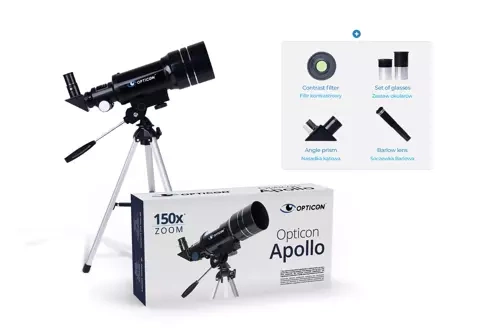
- Brand: OPT
- eyeglass: 0,98"
- focal: 300
- magnification: 150 x
Telescope OPTICON Apollo 70F300AZ
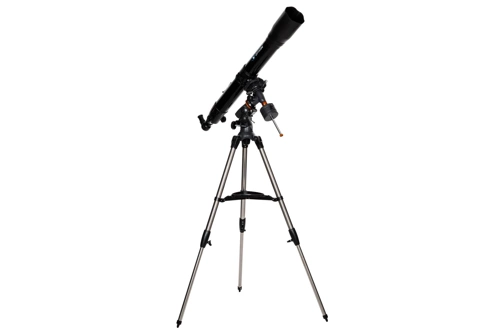
- Brand: OPT
- eyeglass: 1,25"
- focal: 900
- lens diameter [mm]: 80
- magnification: 675 x
OPTICON Constellation telescope 80F900EQ

- Brand: OPT
- eyeglass: 0,98"
- focal: 600
- lens diameter [mm]: 50
- magnification: 300 x
Teleskop OPTICON StarRanger 45F600AZ

- Brand: OPT
- eyeglass: 1,25"
- focal: 400
- lens diameter [mm]: 70
- magnification: 132x
OPTICON Aurora 70F400 Telescope
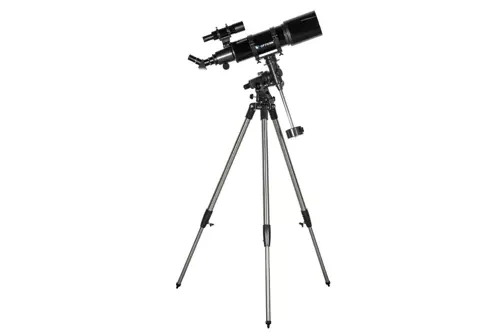
- Brand: OPT
- eyeglass: 1,25"
- focal: 600
- lens diameter [mm]: 102
- magnification: 92x
Telescope OPTICON Star Painter 102F600
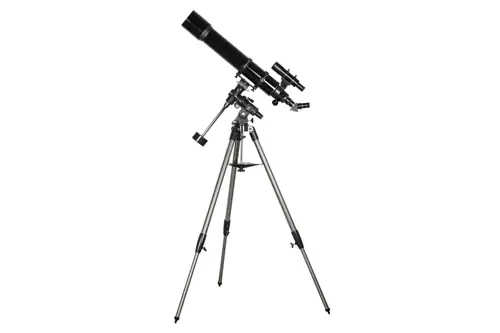
- Brand: OPT
- eyeglass: 1,25"
- focal: 900
- lens diameter [mm]: 102
- magnification: 138x
Opticon Supernova 102F900 Telescope

- Brand: OPT
- eyeglass: 1,25"
- focal: 700
- lens diameter [mm]: 127
- magnification: 107x
Telescope OPTICON Space Traveler 127F700

- Brand: OPT
- eyeglass: 1,25"
- focal: 500
- lens diameter [mm]: 70
- magnification: 150 x
Lenticular telescope Opticon D70F500
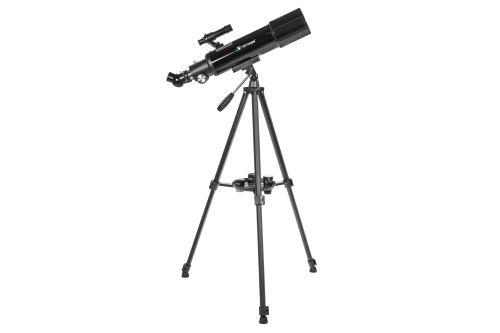
- Brand: OPT
- eyeglass: 1,25"
- focal: 500
- lens diameter [mm]: 80
- magnification: 150 x
Lenticular telescope Opticon D80F500
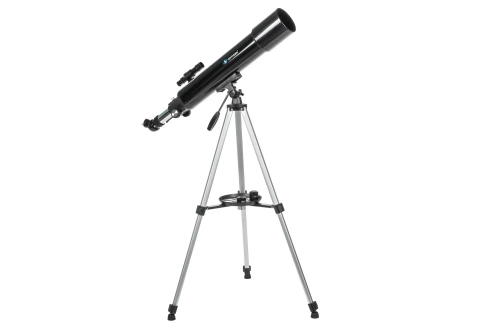
- Brand: OPT
- eyeglass: 1,25"
- focal: 650
- lens diameter [mm]: 90
- magnification: 195x
Opticon lenticular telescope D90F650
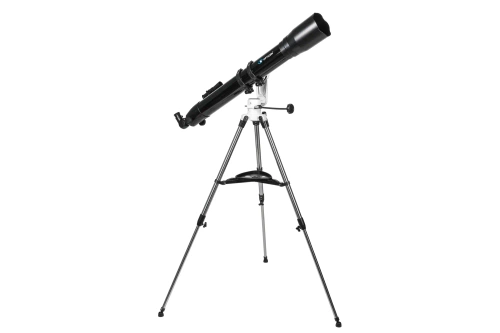
- Brand: OPT
- eyeglass: 1,25"
- focal: 900
- lens diameter [mm]: 80
- magnification: 675 x
Opticon lenticular telescope D80F900AZ16-Y
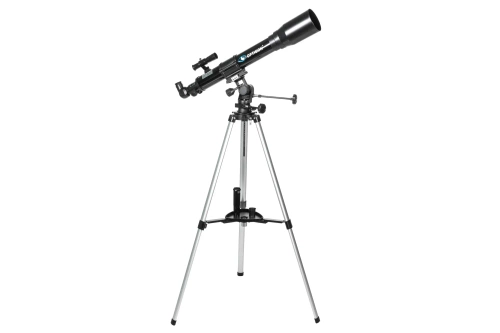
- Brand: OPT
- eyeglass: 1,25"
- focal: 700
- lens diameter [mm]: 70
- magnification: 525 x
OPTICON Sky Navigator 70F700EQ telescope with carrying case and phone holder

- Brand: OPT
- eyeglass: 1,25"
- focal: 700
- lens diameter [mm]: 60
- magnification: 525 x
OPTICON Phobos 60F700 telescope with case and phone adapter

- Brand: OPT
- eyeglass: 1,25"
- focal: 500
- lens diameter [mm]: 70
- magnification: x249
Opticon lenticular telescope 70F500AZ1

- Brand: OPT
- eyeglass: 1,25"
- focal: 500
- lens diameter [mm]: 80
- magnification: x249
Opticon lenticular telescope 80F500AZ1

- Brand: OPT
- eyeglass: 1,25"
- focal: 900
- lens diameter [mm]: 80
- magnification: 450 x
Opticon lenticular telescope 80F900AZ1
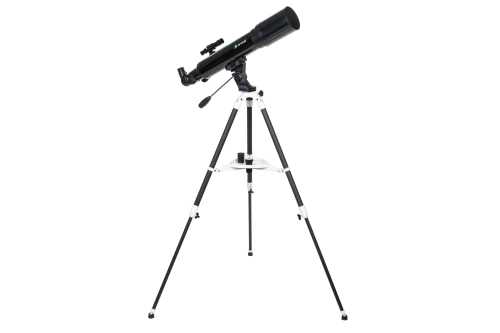
- Brand: OPT
- eyeglass: 1,25"
- focal: 650
- lens diameter [mm]: 90
- magnification: 300 x
Lenticular telescope Opticon 90F650AZ1
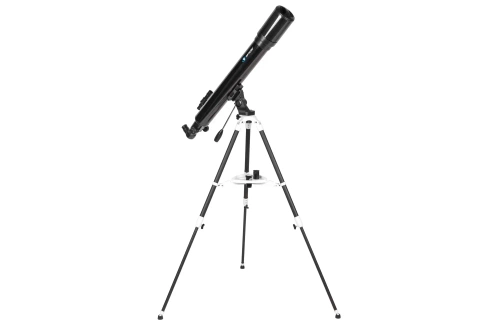
- Brand: OPT
- eyeglass: 1,25"
- focal: 900
- lens diameter [mm]: 90
- magnification: x414
Lenticular telescope Opticon 90F900AZ1
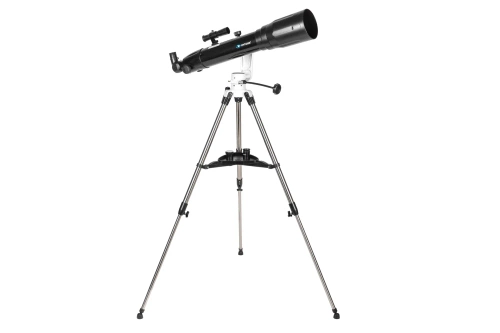
- Brand: OPT
- eyeglass: 1,25"
- focal: 650
- lens diameter [mm]: 90
- magnification: 195x
Opticon 90F650AZ16 lenticular telescope
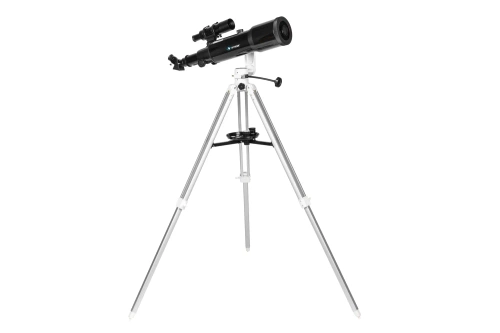
- Brand: OPT
- eyeglass: 1,25"
- focal: 600
- lens diameter [mm]: 102
- magnification: 180x
Opticon lenticular telescope 102F600AZ16

- Brand: OPT
- eyeglass: 1,25"
- focal: 900
- lens diameter [mm]: 102
- magnification: 270x
Opticon lenticular telescope 102F900AZ16

- Brand: OPT
- eyeglass: 1,25"
- focal: 400
- lens diameter [mm]: 400
- magnification: 133 x
OPTICON StarRider 80F400EQ-A telescope with case and phone adapter

- Brand: OUTLET
- eyeglass: 1,25"
- focal: 700
- magnification: 107x
OPTICON Space Traveler 127F700 telescope (OUTLET)

- Brand: OUTLET
- eyeglass: 1,25"
- focal: 600
- lens diameter [mm]: 102
- magnification: 92x
OPTICON Star Painter 102F600 telescope (OUTLET)

- Brand: OUTLET
- eyeglass: 1,25"
- focal: 900
- lens diameter [mm]: 102
- magnification: 138x
OPTICON Supernova 102F900 telescope (OUTLET)

- Brand: OUTLET
- eyeglass: 1,25"
- focal: 900
- lens diameter [mm]: 102
- magnification: 138x


